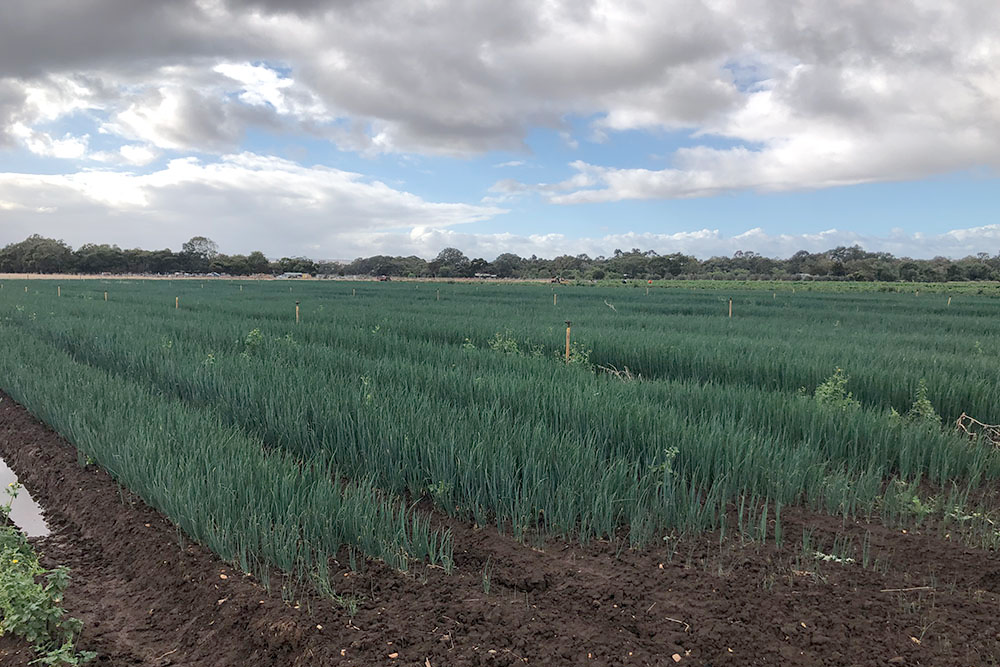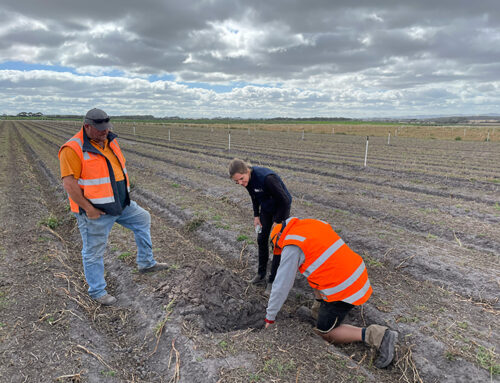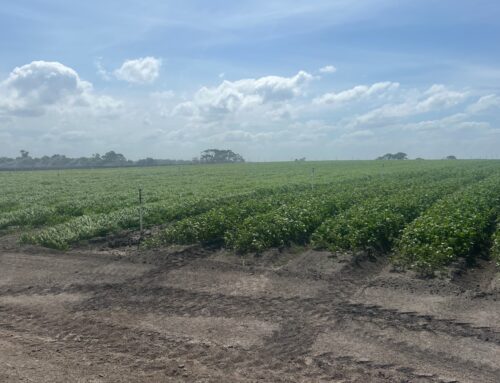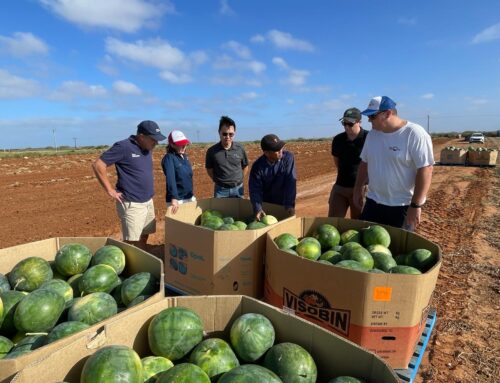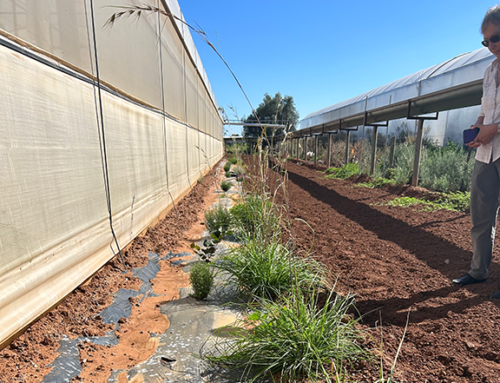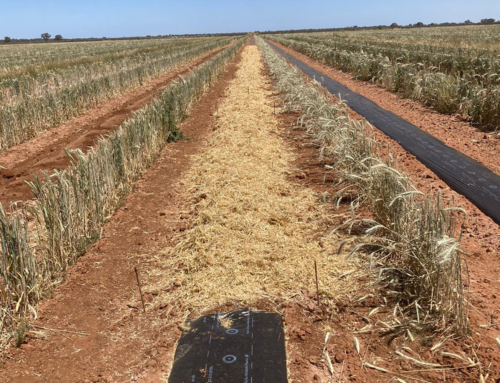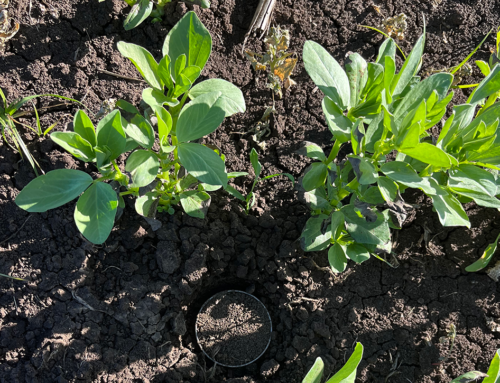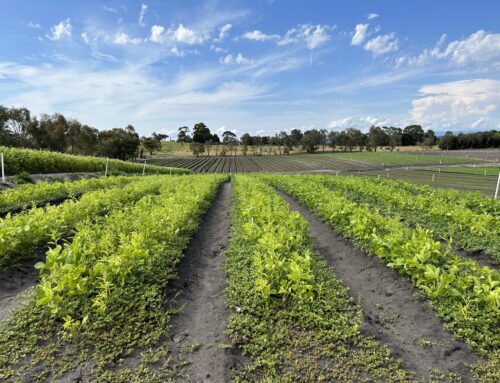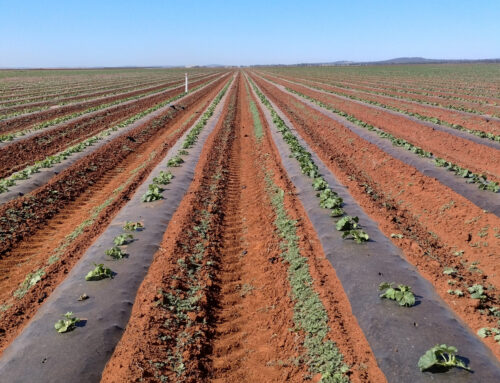On Thursday 25 March 2021, AUSVEG, PIRSA and RMCG held a pest and disease management workshop at Sneaky’s Restaurant in Angle Vale, Adelaide, as part of the AUSVEG Peri-Urban Biosecurity Pilot Program. With approximately 30 attendees, major stakeholders included growers, agronomists, supply chain, researchers and government.
The workshop began with a presentation from Cathryn Todd (PIRSA-SARDI) on disease diagnostics in horticulture. Cathryn discussed the best ways for growers to collect plant samples to send in for testing. Her talk also focused on key diseases including sclerotinia and bacterial canker. Cathryn then led an interactive activity, where participants learnt how to perform a pathogen strip test for pathogens such as bacterial canker.
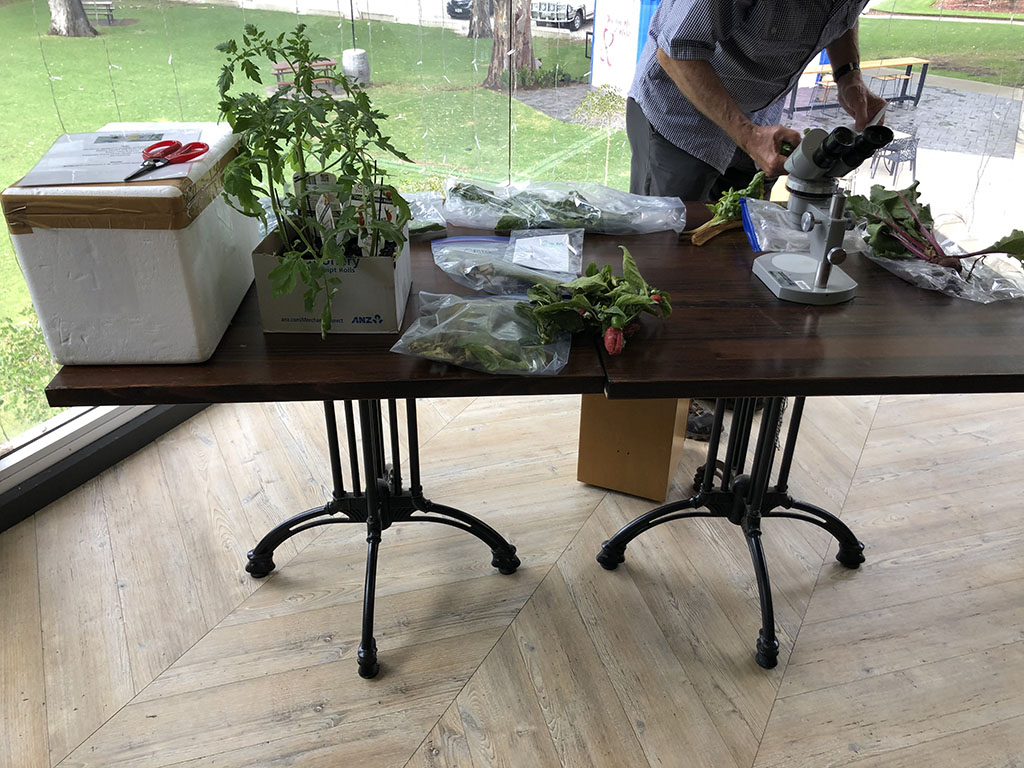
The interactive session was followed by presentations on key pests including western flower thrips (Rebecca Hamdorf – PIRSA-SARDI), the national tomato potato psyllid surveillance program (Jo Kent – PIRSA-SARDI), serpentine leafminer (Maddy Quirk – AUSVEG), and fruit fly (Michelle Carr – PIRSA). To wrap up the presentations, Zarmeen Hassan (AUSVEG) spoke about the Emergency Plant Pest Response Deed and how it relates to growers.
Following the workshop, attendees travelled to Thorndon Park Produce for an in-field crop scouting activity. John Fletcher (Consultant) and Cathryn Todd facilitated a walk through the crops, with a focus on identifying disease symptoms. Following this, Dr Doris Blaesing (RMCG) led a discussion on soil wealth and integrated crop protection, which led to some thought-provoking discussion on how to maintain healthy soils.
Through the Peri-Urban Biosecurity Pilot Program, PIRSA-SARDI is currently offering free sample testing. For more information, please email the Peri Urban Project Officer madeleine.quirk@ausveg.com.au .


